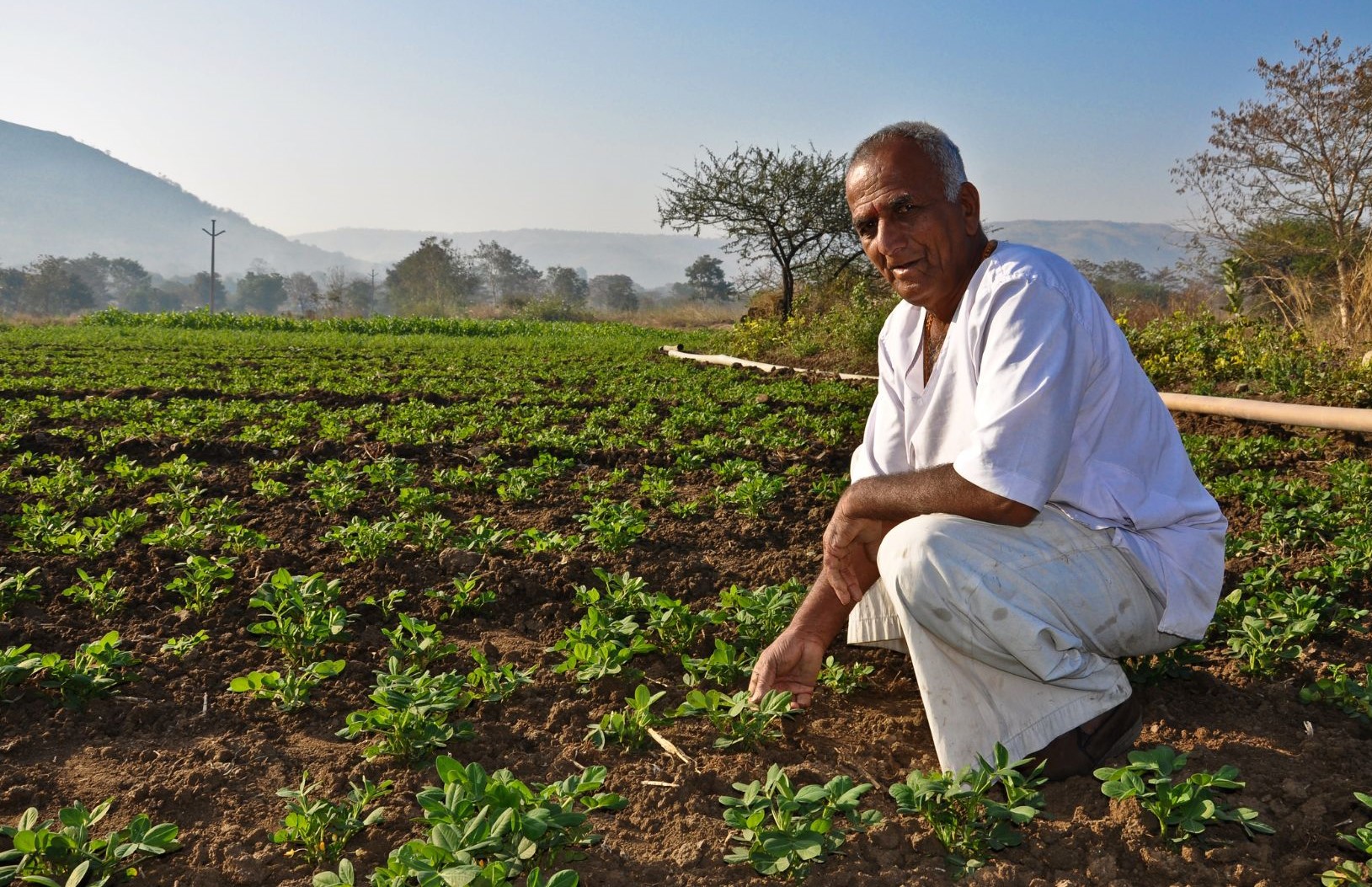Principles of selecting the best varieties of Groundnut: A Comprehensive Guide

This post is also available in:
This post is also available in:
![]() हिन्दी (Hindi)
हिन्दी (Hindi) ![]() Português (Portuguese (Brazil))
Português (Portuguese (Brazil))
Groundnut, also known as peanut, is a versatile and nutritious crop that plays a crucial role in global food security and agricultural economies.
Cultivated groundnut has different types. The majority of commercially grown types are from members of the botanical variety group hypogaea, and the common name/market type is Virginia or runner, fastigiate (Valencia), and vulgaris (Spanish).
With a wide range of groundnut varieties available, selecting the best ones for cultivation requires careful consideration. India’s major groundnut-cultivating states are Gujrat, Andhra Pradesh, Telangana, Tamil Nadu, Karnataka, Odisha, Maharashtra, Madhya Pradesh, Rajasthan, and Uttar Pradesh.
There are several government agriculture universities, research institutes (ICAR and AICRP-Groundnut), and private and international research institutes (ICRISAT- International Crop Research Institute for the Semi-Arid Tropics/www.icrisat.org) are working on groundnut to develop high yielding, disease resistance, oil content and quality and good nutrient varieties for farmers based on market demand. Some of the popular groundnut varieties are TMV 2, Kadari 6, Kadari 2, BG-1, BG-2, Kuber, GAUG-1, GAUG-10, etc.… and recently, ICRISAT along with AICRP-Groundnut (https://www.icrisat.org/tag/groundnut-varieties) has released high oleic acid content (80%) groundnut varieties such as Girnar 4 (ICGV 15083) and Girnar 5 (ICGV 15090)
There is a number of varieties have been developed and released across groundnut-growing regions in India. And the varieties developed by ICRISAT have been shared and released across different counties of the world, such as Malawi, Niger, Mali, Ethiopia, Myanmar, Bangladesh, Vietnam, etc.
Depending on the farmer and consumer requirements and the market demand, one has to choose suitable varieties for cultivation.
The following principles provide a comprehensive guide on selecting the best varieties of groundnut, taking into account various factors that contribute to yield, disease resistance, market demand, and environmental adaptability.
1. Climate and Environmental Adaptability:
One of the foremost factors to consider when selecting groundnut varieties is their adaptability to the local climate and environmental conditions. Different varieties have varying tolerance levels to temperature, rainfall, soil type, and altitude. Understanding the specific agro-climatic conditions of the region is vital for identifying varieties that can thrive and yield optimally.
2. Yield Potential:
Yield potential is a crucial criterion when selecting groundnut varieties. The goal is to maximize the productivity of the crop and achieve high yields per unit of land. Evaluate the performance of different varieties under similar agro-climatic conditions and choose those with a proven track record of producing higher yields consistently. Look for varieties that exhibit traits such as increased pod and kernel size, better pod filling, and early maturity.
3. Disease Resistance:
Groundnut is susceptible to various diseases, such as rust, early and late leaf spot, and bacterial wilt, which can significantly impact crop productivity. It is essential to select varieties with resistance or tolerance to prevalent diseases in the region. Consult with local agricultural extension services or research institutions to identify disease-resistant varieties that have been specifically developed or bred for your area.
4. Market Demand and Quality:
The demand for groundnut varies based on regional preferences and market requirements. It is crucial to choose varieties that meet the target market’s demands, whether for raw consumption, oil extraction, or processing into value-added products. Consider factors such as kernel size, oil content, flavor, and suitability for roasting or culinary applications. Engage with local buyers, processors, or cooperatives to understand their quality requirements and preferences.
5. Agronomic Characteristics:
Agronomic characteristics of groundnut varieties influence their overall cultivation suitability and management requirements. A grower should take into account factors such as:
- plant height,
- growth habit (bush or runner type),
- flowering pattern,
- pod maturity duration
Consider the labor, machinery, and infrastructure available for cultivation and select varieties that align with the existing resources and practices.
6. Farmer’s Experience and Expertise:
The knowledge and experience of farmers should not be overlooked when selecting groundnut varieties. Farmers who have successfully cultivated specific varieties over the years can provide valuable insights into their performance, adaptability, and challenges. Peer learning and local farmer networks can help identify varieties widely accepted and proven suitable for the region.
Selecting the best groundnut varieties requires considering various factors such as climate adaptability, yield potential, disease resistance, market demand, agronomic characteristics, and farmer experience. By carefully evaluating these principles and collaborating with local agricultural experts, farmers can make informed decisions that optimize their chances of success. Additionally, agricultural institutions’ ongoing research and development efforts can provide access to new and improved groundnut varieties, ensuring sustainable and profitable cultivation of this essential crop.
References:
https://www.icrisat.org/tag/groundnut-varieties
https://www.ikisan.com/ka-groundnut-varieties.html
https://krishijagran.com/agripedia/best-varieties-of-groudnut-in-india
Nigam SN. 2014. Groundnut at a glance.
Pasupuleti Janila, S. N. Nigam, Manish K. Pandey, P. Nagesh and Rajeev K. Varshney , Groundnut improvement: use of genetic and genomic tools, 2013. Front. Plant Sci., 25 February 2013 Sec. Plant Genetics and Genomics Volume 4-2013. https://doi.org/10.3389/fpls.2013.00023.
Further reading
Groundnut: Plant Information, History, Uses and Nutrition Value
Principles of selecting the best varieties of Groundnut: A Comprehensive Guide
Groundnut Soil requirement, Soil preparation and Planting
Weed Management in Groundnut Farming
Fertilizer requirement for Groundnut Cultivation
Irrigation Requirement and Methods for Groundnut Cultivation
Groundnut Diseases and Management Practices









































































